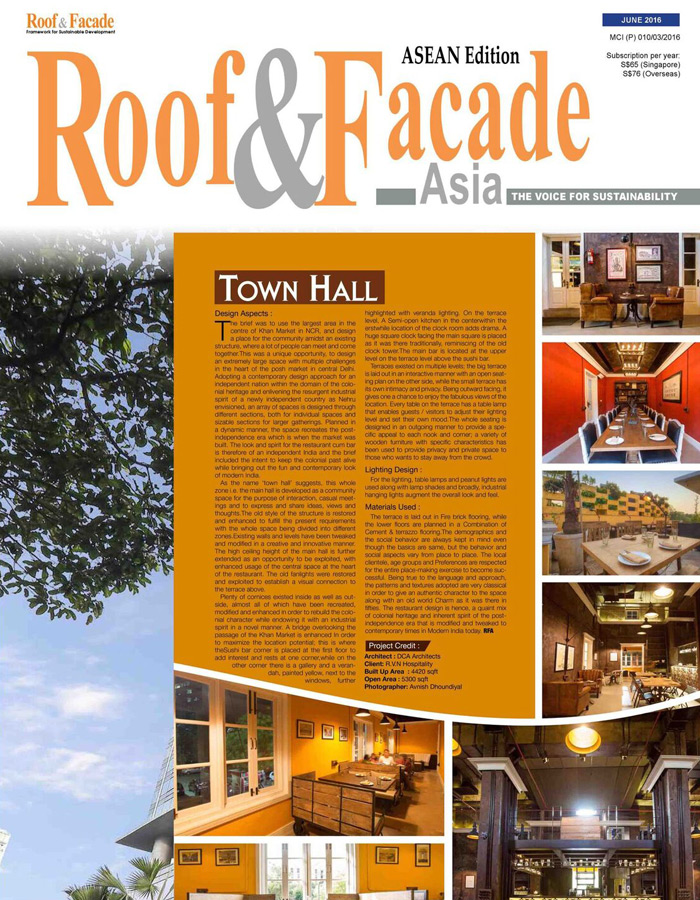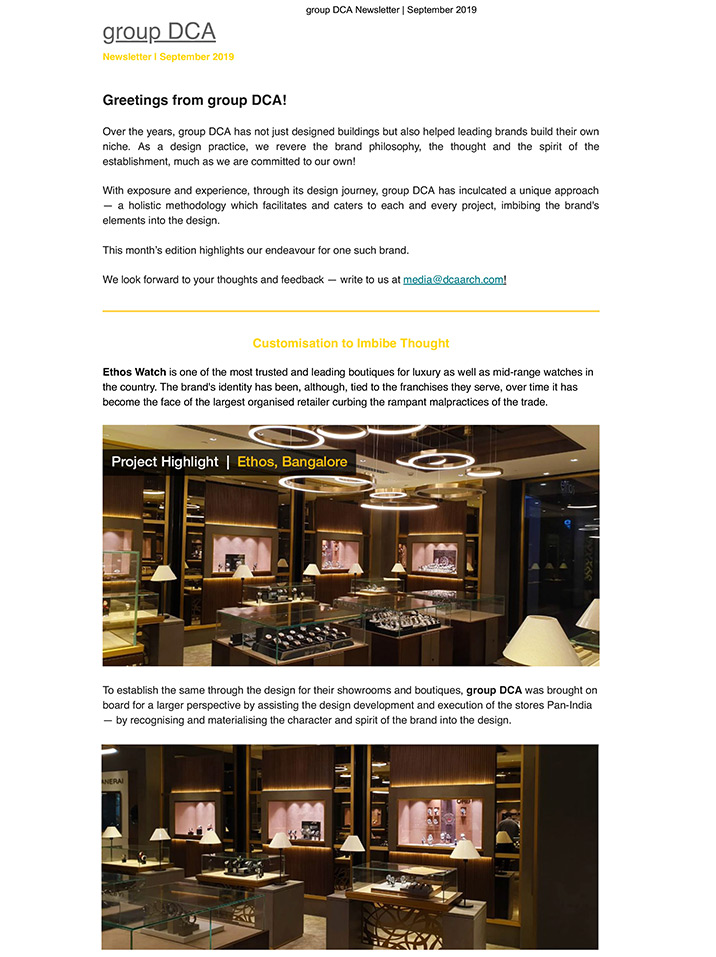Sustainability in design
by groupdca October 17, 2019The word ‘Sustainability’ has become a universally known term in the recent times with a lot of top architecture firms in India, one can often see this word being used in some way or the other, mostly in the real estate and construction business. However, for most part nowadays, it is also seen as one of those terms whose mere addition as a label in itself can garner a lot of attention to the project, irrespective of whether the project contains any interior designing or architecture features to call itself sustainable or not.
To elucidate its true meaning, a sustainable structure is the one which is designed to moderate and shrink the impact it could leave on the environment through its total life cycle-from after construction to its demolition/deconstruction. A sustainable building design makes use of resources and materials that have low embodied energy and also follow the 3 Rs of environmental science-reduce, reuse and replenish.
Another aspect that directs the kind of resources and materials used in a ‘sustainable’ building is using them in a socially liable manner-the ones which promotes safe engineering processes and usage. Optimum utilization of space is also a key element. Space is a limited resource with high value. In today’s millennial world, a lot of interior design firms and architecture firms are competing to fulfill demands which are always on the rise, making the most of the available space to suit the requirement.
The L’Oreal Professional Products development academy by groupDCA sets itself as a paradigm in this regard. groupDCA is one of the best architecture firms in Delhi, with a lot of award winning commercial to its credit. It was designed as an institution set up to train professionals and educate them in the latest product offerings by L’Oreal. The layout is such that it creates collaborative spaces for these professionals to work in versatile zones that amalgamate with one another impeccably. A practical approach to sustainable design is demonstrated in this project through water efficiency and energy consumption along with design innovations, especially in creating interior spaces which have the ability to transform itself into a huge space for promotional events and then re-transform itself into classrooms, a challenging requirement in the design brief. The interior design is oriented towards a very effective zoning so as to maximize the influx of natural light as deep as possible into the Academy. This is a clear example of how sustainability is not an afterthought but rather an element of the basic design principle.
Therefore, a holistic design approach is required when it comes to sustainable design. It should be a design which is a comprehensive consolidation of systems and materials which play the role of minimizing negative impacts on the environment-both within and the immediate surroundings.





Comments (0)